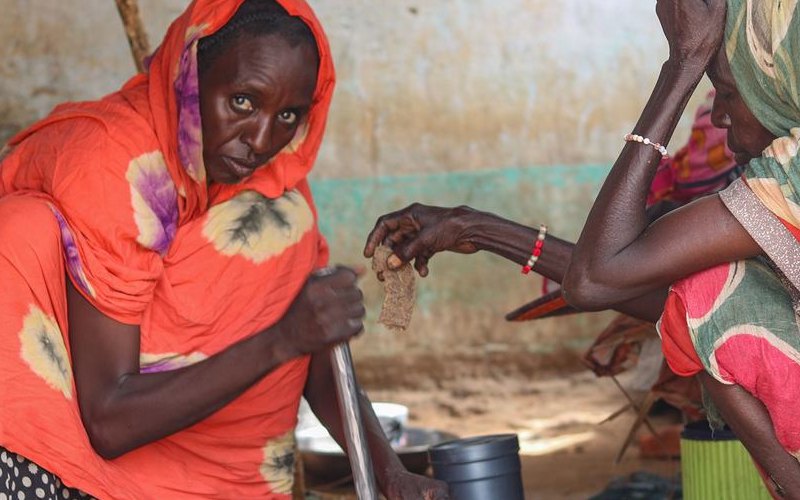Details of Marburg Virus Disease wreaking havoc in Rwanda

Though no cases have been reported in Kenya yet, the country is on high alert due to its proximity and the significant movement of people and goods across borders.
Marburg Virus Disease (MVD), previously known as Marburg Hemorrhagic Fever, is a serious and often fatal illness in humans. It is in the same family as the virus that causes Ebola. It is transmitted to people from fruit bats and spreads through close contact between humans.
MVD causes severe viral hemorrhagic fever, with a case fatality rate ranging from 23 per cent to 90 per cent.
More To Read
- After controversial stints, Vincent Karega takes helm of Rwanda’s new embassy in Algeria
- Sudan’s major football clubs to join Rwanda Premier League due to ongoing conflict
- Rwanda, Senegal sign deals as Kagame praises their shared vision for Africa
- Court quashes revocation of refugee status for Rwandan accused of 1994 genocide
- Tshisekedi, Kagame trade barbs at Brussels Gateway Forum over DRC conflict
- Rwanda calls for Africa’s permanent seat at UN Security Council
The incubation period for MVD is 2 to 9 days, during which the virus is not contagious. For transmission to occur, there must be direct contact with a patient's blood or other bodily fluids (such as faeces, vomit, urine, saliva, and respiratory secretions), especially if these fluids contain blood.
Additionally, the virus can be present in the semen of infected individuals for up to seven weeks after recovery, according to the Africa Centre for Disease Control.
An outbreak has been reported in Rwanda with 12 deaths and 41 confirmed cases. The virus has a high mortality rate, reaching up to 88 per cent.
Though no cases have been reported in Kenya yet, the country is on high alert due to its proximity and the significant movement of people and goods across borders.
Cabinet Secretary for Health Deborah Barasa emphasised that Kenya has significant air and road connections with Rwanda, including daily flights and busy trade routes.
"In light of this, the ministry is implementing urgent measures to prevent the importation of cases and further transmission within the country," Barasa stated in a release from Nairobi on Tuesday evening.
The virus was first identified in 1967 and is believed to have originated from fruit bats, specifically the Rousettus species. Human infections commonly occur through direct contact with the bodily fluids of infected individuals or contaminated materials. Those working in mines or spending time in bat-infested caves are particularly vulnerable.
Symptoms
Symptoms usually appear between 2 to 21 days after infection, starting with high fever, severe headache, and joint pain.
As the disease advances, patients may experience: Dysentery, vomiting, abdominal pain, extreme fatigue, often accompanied by sunken eyes, bleeding from the nose, gums, and other areas- typically occurring 5 to 7 days after infection-, confusion and irritability.
In the final stages, swollen testicles may also be present.
Diagnosis
Diagnosing MVD can be difficult due to its similarity to other diseases like malaria and typhoid. Diagnostic methods include ELISA and RTPCR tests and virus isolation techniques.
Other Topics To Read
Treatment and Prevention
Currently, there are no approved vaccines or antiviral treatments for Marburg. However, early detection and supportive care, including rehydration, can enhance survival chances. Research is underway to develop potential monoclonal antibody therapies.
To prevent transmission:
Individuals at risk should wear protective equipment when in bat habitats.
Good personal hygiene should be maintained and contact with infected individuals should be avoided.
Items used by patients should be disinfected or disposed of properly.
Top Stories Today












































